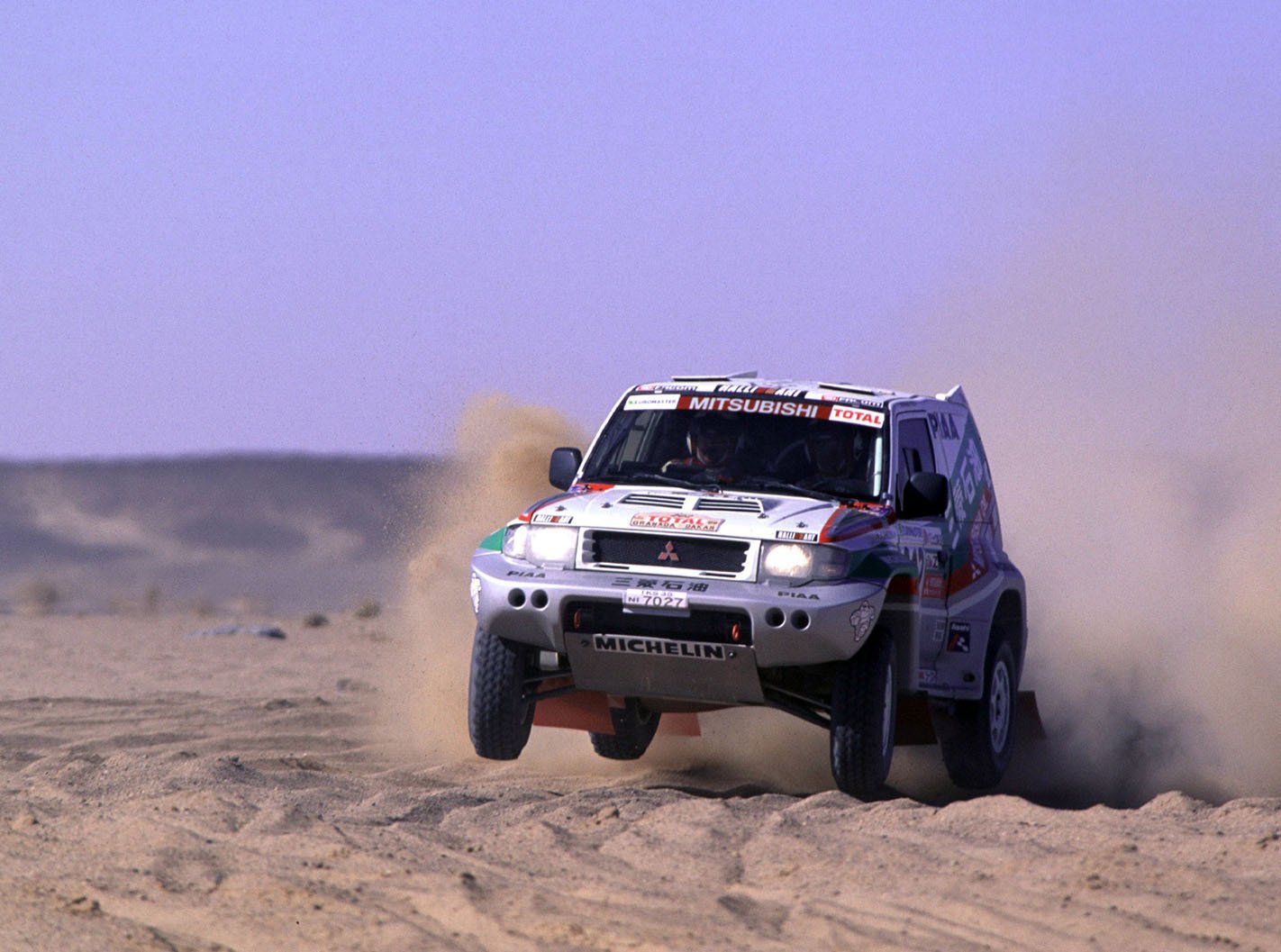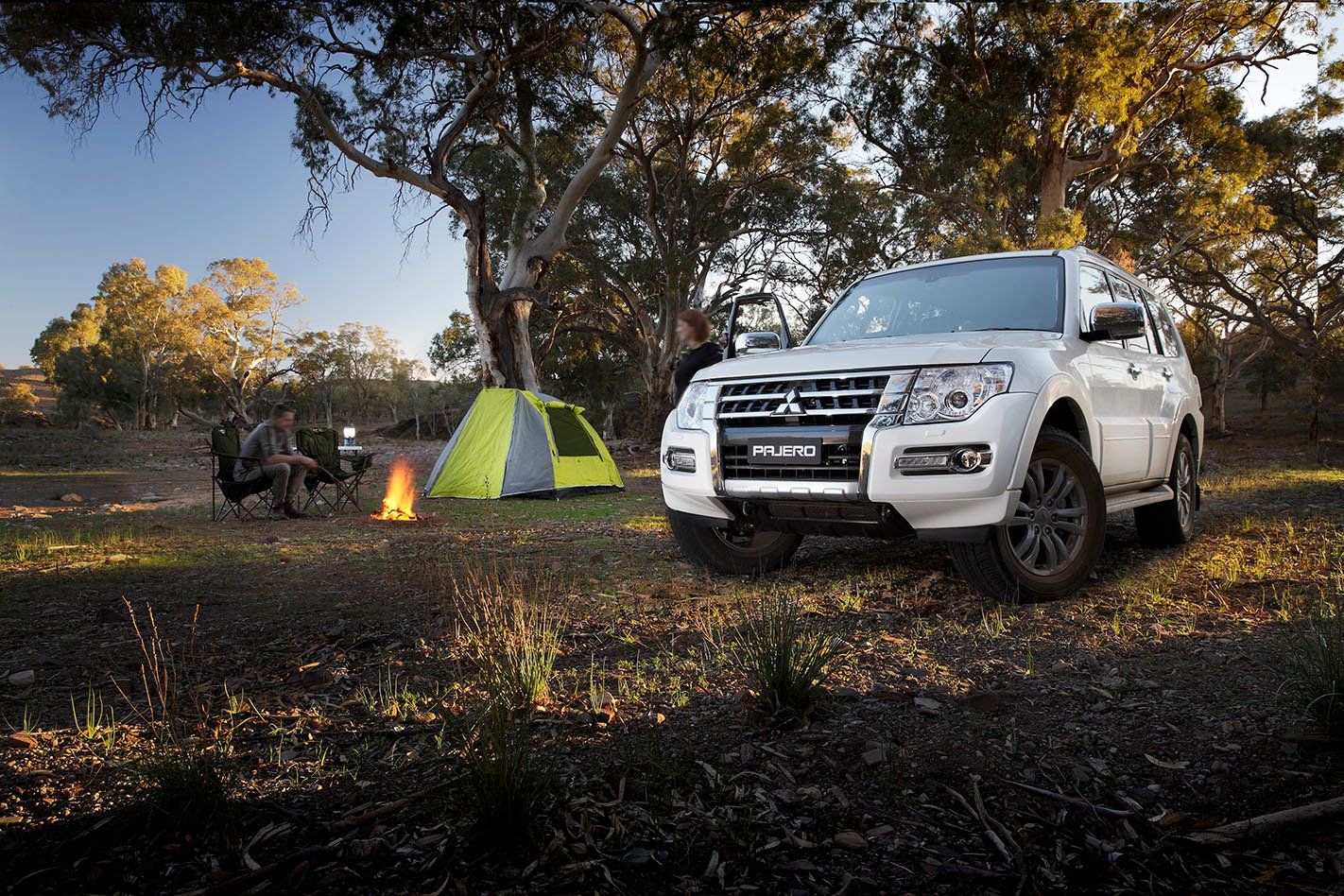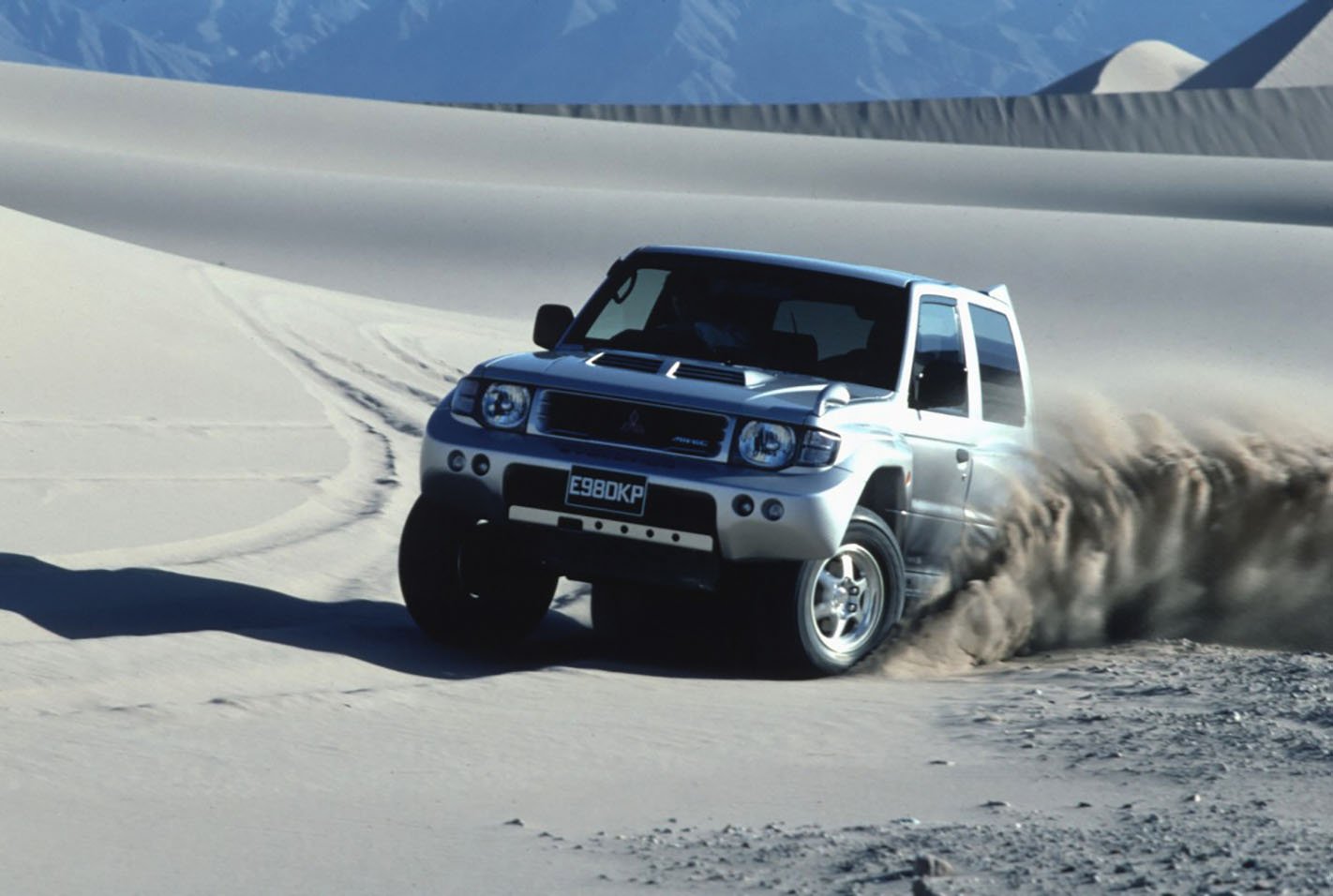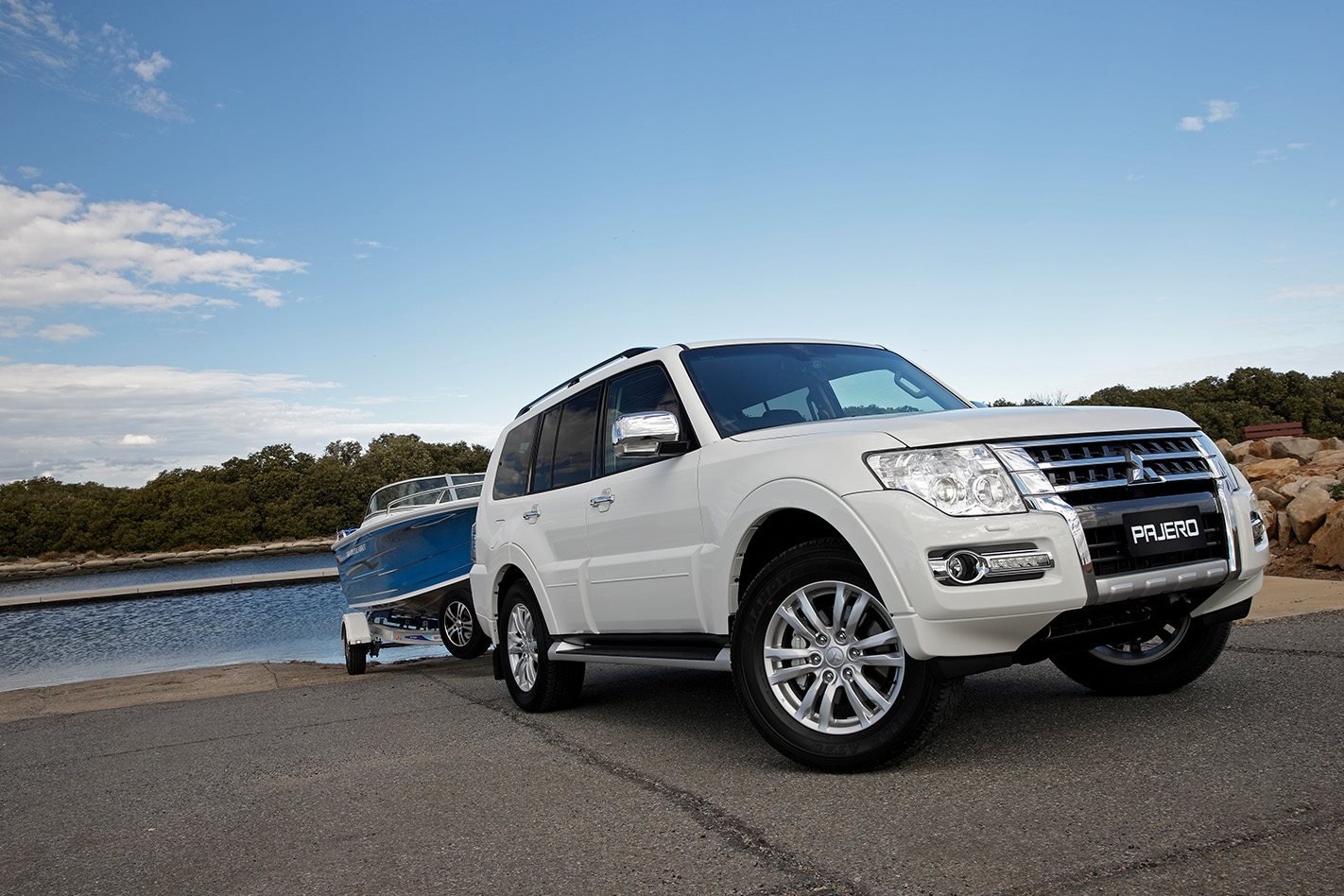Finally, an SUV! Regular readers of our Driven to Extinction series may have noticed a pattern. Aside from the capable but humble Ford Mondeo, every car we’ve featured until now has been a two-door sports car (Alfa Romeo 4C, BMW i8). It feels good, therefore, in this high-riding SUV-crazed world of ours, to at least start to even the ledger.
The problem is that this warm sense of righteousness starts to fade when you stop to consider the SUV in question. Not because today’s Pajero is especially good (it isn’t and has been thoroughly outclassed by rivals), but because the news drives a final and rather sudden nail into our hope that one day, just maybe, Mitsubishi might once again do something as mad as the Pajero Evolution (see sidebar, below).
The Evolution was a Dakar special, but then again, every Pajero is tied inexplicably to the infamous off-road race. Mitsubishi used the rally as a key marketing platform and it was wildly successful. It netted 12 overall victories, snatching its first in 1985 and then seven wins on the bounce between 2001-2007.
And just as the Dakar cars forged a reputation for incredible toughness and durability, so too did road-going Pajeros. Even today, being able to go further off-road than nearly all of its rivals is a key Pajero strength.

All of which begs the question: what happened? How did a nameplate with a rich motorsport pedigree, genuine off-road ability, and strong global sales (these hit a peak of 175,000 in 1992) come off the boil so spectacularly?
As you might have guessed, the Pajero’s death speaks to a wider problem at Mitsubishi HQ. Where it once gave us brilliant machines like the Evo and Galant VR4, Mitsubishi’s current strategy is to pin its hopes on a range of decade-old SUVs. And it’s bleeding money. On the cusp of posting its largest financial loss in 18 years (some 140 billion yen), Mitsubishi has decided to savagely cut costs.
Here in Australia, we have bought more than 150,000 Pajeros across four generations (L040, V20, V60, V80) but for more than a decade now buyers have been turning away. And, tellingly, Mitsubishi has done little to stem the tide. Where previous generations of Pajero had been updated every seven years or so, the current model will have been on sale for 14 once it waves sayonara. And if you get really picky, some of its underpinnings were designed as far back as the late ’90s.
So will we miss it? In its current guise, no, we won’t. Today’s Pajero feels an ancient relic in a modern world, but that doesn’t mean we shouldn’t pay our respects to a nameplate that has been on our roads for 39 years.

EVOLVING THE BREED
Introduced in 1997 and based on the second-gen Pajero (V20), the Pajero Evolution was a homologation special designed to contest Dakar. A two-door with a scooped bonnet, wrap-around rear spoiler and bulging quarter panels, it was powered by a 24-valve DOHC 3.5-litre V6. And as is a Pajero hallmark, there was independent suspension at each corner. Want one? They’re rare and around $50K.

AUSSIE SALES: A DECADE OF DECLINE
- 2010 – 6986
- 2011 – 6852
- 2012 – 6297
- 2013 – 6705
- 2014 – 5458
- 2015 – 5046
- 2016 – 4049
- 2017 – 4140
- 2018 – 3297
- 2019 – 2847
- 2020 – 1392 (YTD)







